Intercultural Crosstalk
A Conversation with Foreign Restaurant Owners -About Preparations for Opening a Restaurant-
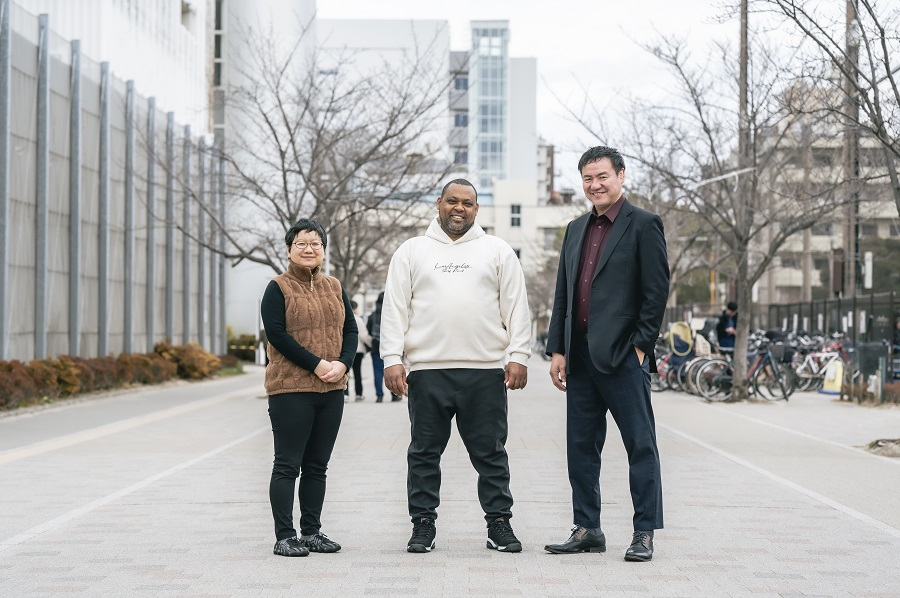
See their profiles here
Click for "1st Round" HereRound 2: About Preparations for Opening a Restaurant
We are pleased to present a 3-part series of roundtable discussions with foreigners that are restaurant owners.
The second discussion is on "Preparations for Opening a Restaurant". The 3 of them decided to open their first restaurant in Japan. In the beginning, there were some areas they had to figure out by experimenting.
They had to prepare for many things before opening the restaurant, such as what kind of restaurant to open and how to get many people to come to the restaurant. We asked the 3 to look back and talk about their experiences.
What Was Particularly Difficult in Preparing for the Opening of the Restaurant?
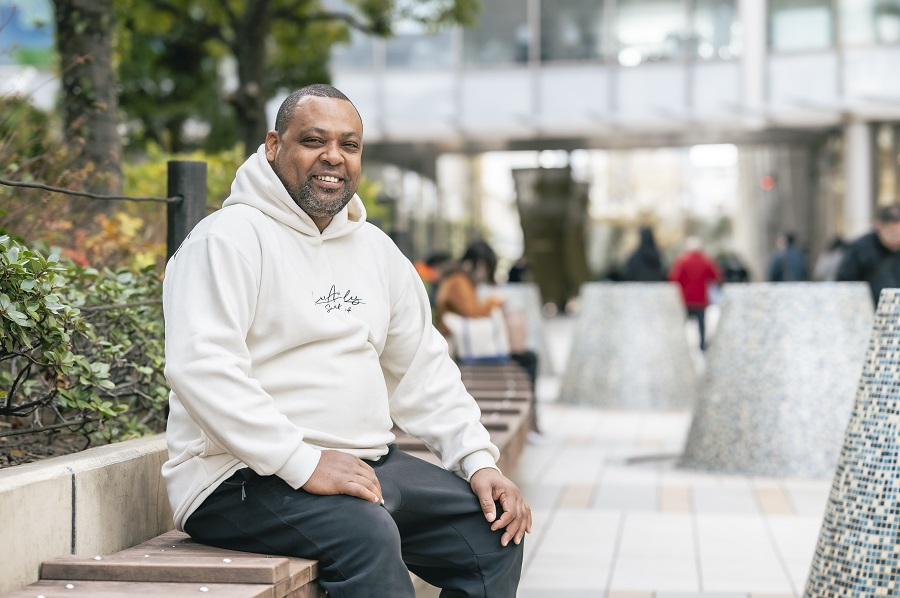
As expected, finding a property and doing the interior work was tough. We had never done this before, so we didn't know where to ask for help...we did quite a bit ourselves.
Certainly, the interior work was difficult. The company we hired was inexperienced and we had a hard time. Even after we opened, the power suddenly went out or the ventilation didn't work properly... we had to spend money to redo it again.
In my case, there wasn't that much (difficulty). The people around me helped me a lot. The interior design was done by someone from my work, who was also very easy to talk to, and as soon as I spoke to him, he said, "I'll take care of it", so there were no problems.
Q. What have you done to make your shop known?
We didn't do anything in particular. Soon after we opened, Tamori-san came to our shop for the 'Tamori Club' TV program. After that, all sorts of people came to our restaurant for filming of movies and TV programs. I think it's because Ethiopian food is rare. Now we have a Facebook page and a website.
We didn't do any kind of advertising at all either. Mongolian people came to our restaurant and it spread by word-of-mouth. Now we put our restaurant on the Tabelog (Japanese restaurant guide webpage) and we are on Facebook. At first, the restaurant was run by my mother, so I think she did a good job without knowing Japanese. I think my mother thought that only Mongolian people would come here.
We distributed leaflets before we opened. After that, we didn't advertise at all. As we took part in local events, the word spread by word-of-mouth from our customers. Some customers have written about us on our Tabelog page.
What Kind of Customers Frequent Your Restaurants?
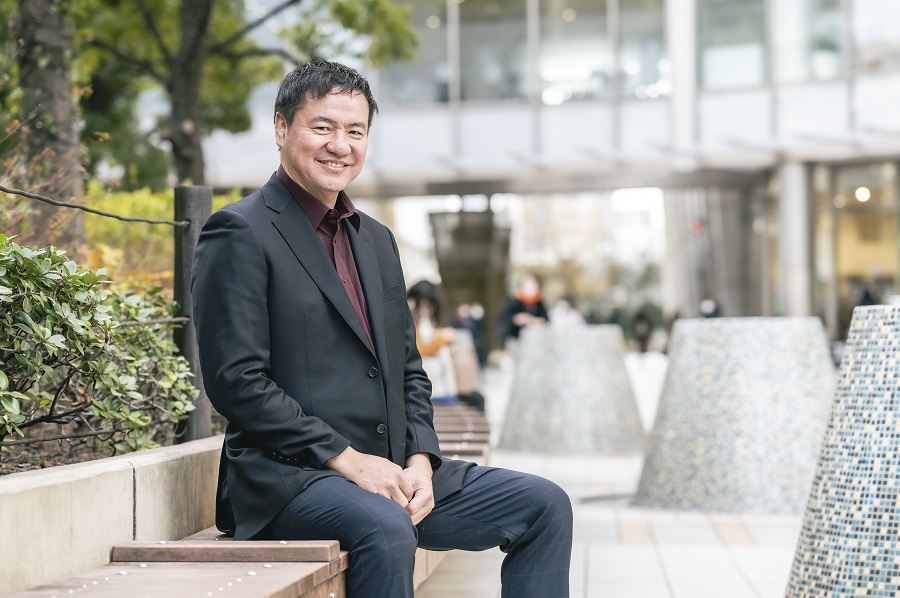
80% of our customers are Japanese. Other than that, there are a lot of Chinese and Westerners. Recently, Ryogoku area has become a tourist destination, so people from many different countries come here. I think they are culturally lamb eaters. We are sometimes asked, 'Is it Halal?' I think they feel safe because we use Halal meat.
About 70% are Japanese. There are quite a lot of people who say they saw us on TV. Some people want to try the course meals they saw on TV, and we also have a vegetarian menu, so people from the US and Europe also come. The combined percentage is about 90%. I think the ratio is about 5% Ethiopians and about 5% other Africans.
Before the COVID-19 pandemic, 90% of the customers were Japanese, and after the pandemic it was 6:4, with about 40% Chinese. I would say that at lunch there are more Japanese customers because many of them work in the neighbourhood, and at night there are more Chinese customers. Of course, it depends on the day.
Q. What have you prepared for opening a restaurant in Japan in particular?
We have prepared menus for both Japanese and Chinese customers. The menu for Japanese customers focuses on well-known and popular Chinese dishes. The menu for Chinese customers focuses on authentic and genuine Chinese dishes. Some of these dishes are also included on the menus for Japanese customers.
Ethiopians eat with their hands, but that is not the culture in Japan, so chopsticks, forks, spoons and hand towels are provided as a set.
In Mongolia, water is not served in restaurants. My restaurant also serves hand towels, but not water. We serve water when asked. This is because we are not a set meal restaurant. For lunch, tea is included from the start.
My restaurant is the same. It's a restaurant and bar, so we serve water if people ask for it, but basically, we don't serve it upon arrival.
What Did You Keep in Mind When Creating the Menu?
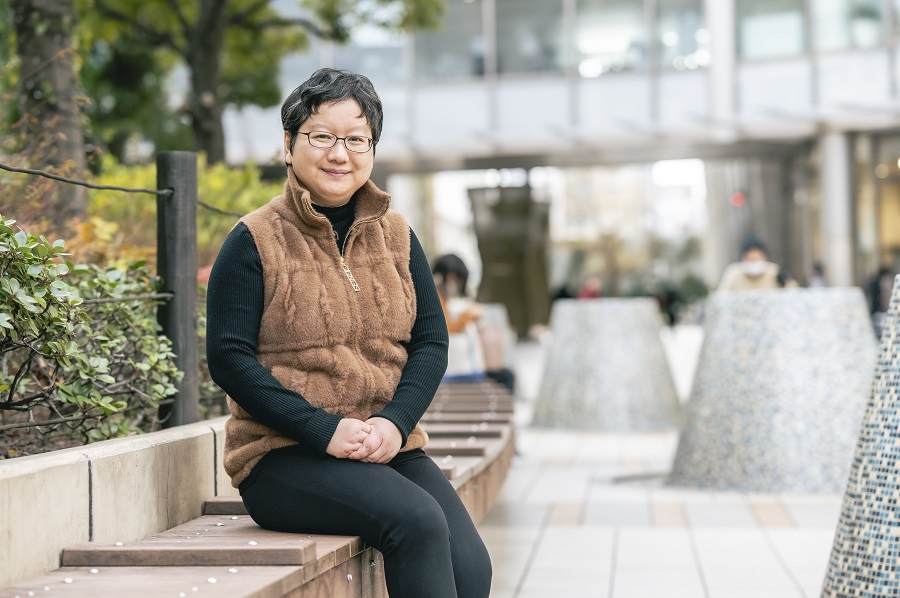
I don't want the food to be adapted to the Japanese, but I want to bring out the real Mongolian taste as much as possible. I want to say, 'This is the real Mongolia'.
Ethiopians like spicy food, so our dishes are all spicy. So, we adjust the spiciness so that the Japanese can eat it.
Injera, our staple food, is fermented, but if you only use Ethiopian grains to make it, it becomes very sour. We mix it with Japanese grains to make it easier for the Japanese to eat. We try to make it a little more Japanese, so that it suits the palate.
As I mentioned a little earlier, we have two different menus for our Japanese and Chinese customers respectively. The menu for the Chinese customers is mainly dishes that Chinese mothers would make at home. We make handwritten menus based on our daily purchasing situation. The purchase of Chinese ingredients and vegetables is also expensive, so the prices inevitably go up. Some customers still want to eat it, so we offer it as a hidden menu. We also show this menu to Japanese people who often go to China and want to try these hidden menus.
We also adjusted the quantity of dishes a little bit. At first, the quantity of each dish was large. The Mongolian people and sumo wrestlers were happy, but that was too much for ordinary Japanese people to eat. That's why we have made the portions much smaller now. Japanese people tend to eat a little bit of a variety of food, don't they?
It is the same in Ethiopia. When a dish is served, usually a large portion, everyone eats it together. There is a lot of food left over because it is served in large portions.
China is very close to Japan as they eat a variety of dishes in shareable portions.
How Did You Decide on the Price of the Food, etc.?
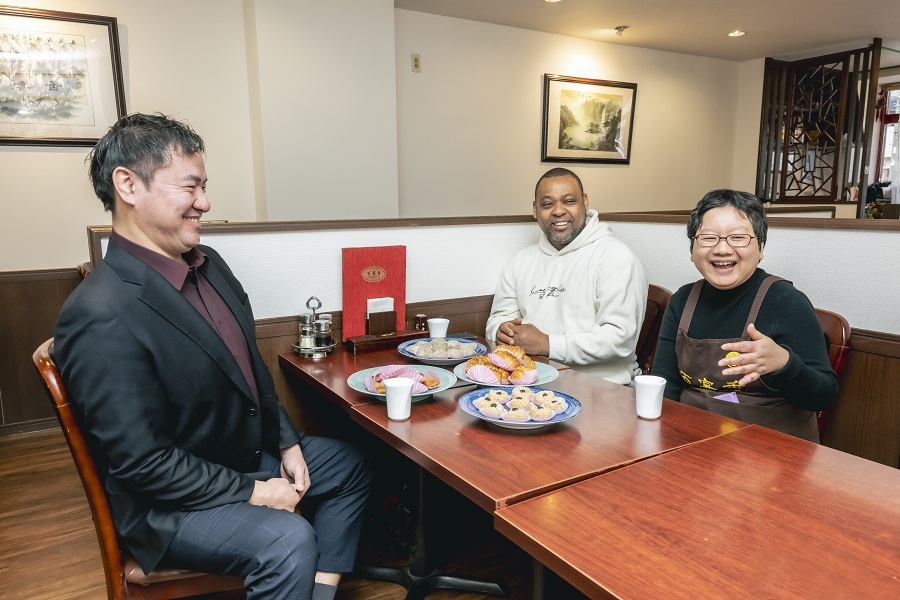
At first, I made the decision. There was a lot of competition with the shops around us, so it was still very difficult. After that, I looked at the restaurants around us and set the prices.
We serve course meals according to the budget and according to the wishes of our customers. We have a wide range of prices, from high-end, to set menus for 700 yen, so that any customer can come to our restaurant.
At first, I thought it would be like a one-coin (500yen) bar, and I thought it would be very easy to understand if I made lunch one-coin as well. When we opened, a lot of people we knew came to us, and they advised us, saying that this was too cheap and that it would not be good for business.
People from Ethiopia also come to eat here, saying it is cheaper to come and eat than to get all the ingredients and make it themselves.
Q. Did you change anything before and after you opened your restaurant?
The biggest change between when I started the restaurant and now is that I started serving lunch. I started lunch because I was able to secure 3 employees, and I'm thinking of opening the restaurant full time in the future without closing it. Our employees are introduced by other people, but we also have Mongolian, Chinese and Japanese employees.
We used to have the restaurant only with family members. Now there are customers who want to work there and we have 3-4 staff, including the same Ethiopian.
The stories of 3 participants alone illustrate the many different preparations that need to be made before a restaurant can open.
There are many decisions to be made, such as the menu, food prices, number of staff and publicity, not to mention the need to compete with other restaurants and adjust to the needs of the customers. Today, the 3 restaurants are very popular, but we saw some of the hardships they had to go through to become so in their stories.
In our next issue, we will ask about the 'Daily Life of a Foreign Restaurant Owner'.
── Continued in the Following Issues
Restaurants of the 3 Participants
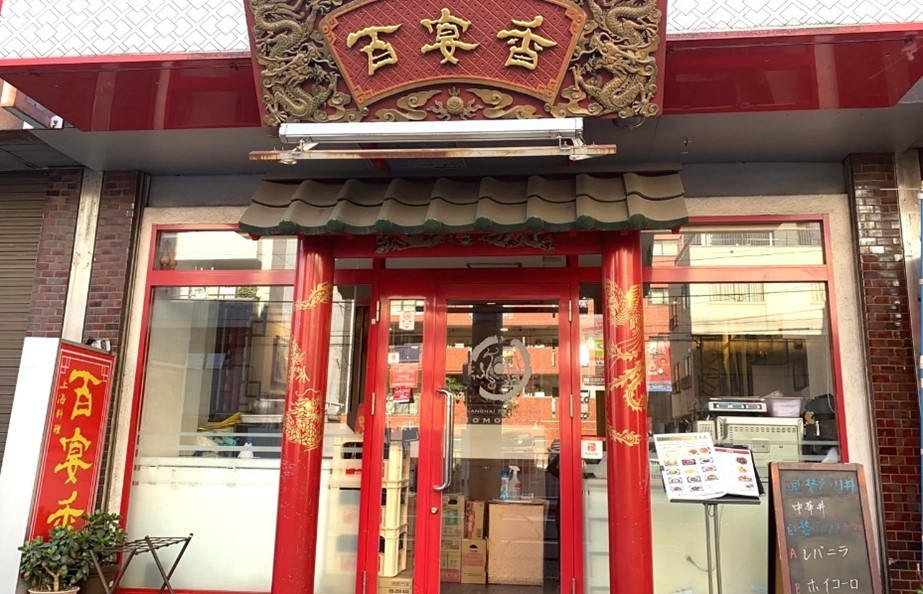
-
Momoenka (Yang's Restaurant)
TEL:03-5619-1082
Opening Hours: 11:30~15:00 / 17:00~23:00
Address: 4 Chome-2-1-108 Taihei, Sumida City, Tokyo
https://maps.app.goo.gl/dnscbSnUCEvx7raL6
- Little Ethiopia Restaurant & Bar (Ephrem's Restaurant)
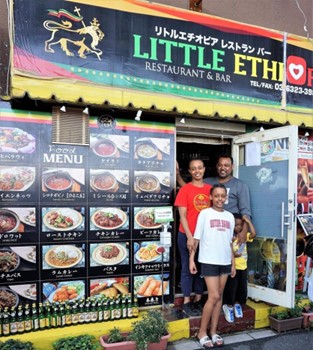
TEL:03-6323-3983
Opening Hours: [Tue~Fri]11:00~14:00 / 17:00~23:00
[Weekends and Holidays]17:00~23:00
Address: 3 Chome-23-6 Higashiyotsugi, Katsushika City, Tokyo
https://maps.app.goo.gl/2zaaB9ATtgK6hbHw6
- Mongolian Cuisine Ulaan Baatar (Unuruu's Restaurant)
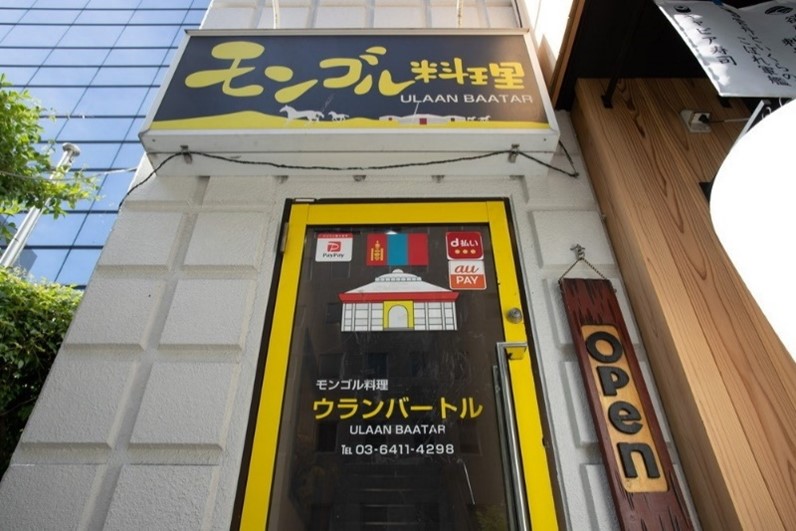
TEL:050-5600-4444
Opening Hours: 11:30〜14:30 (L.O.14:00)
17:30〜22:00(L.O.21:30)
Address: 3 Chome-22-11 2F Ryogoku, Sumida City, Tokyo
